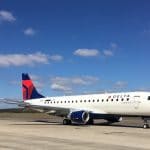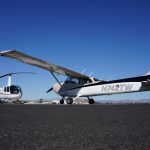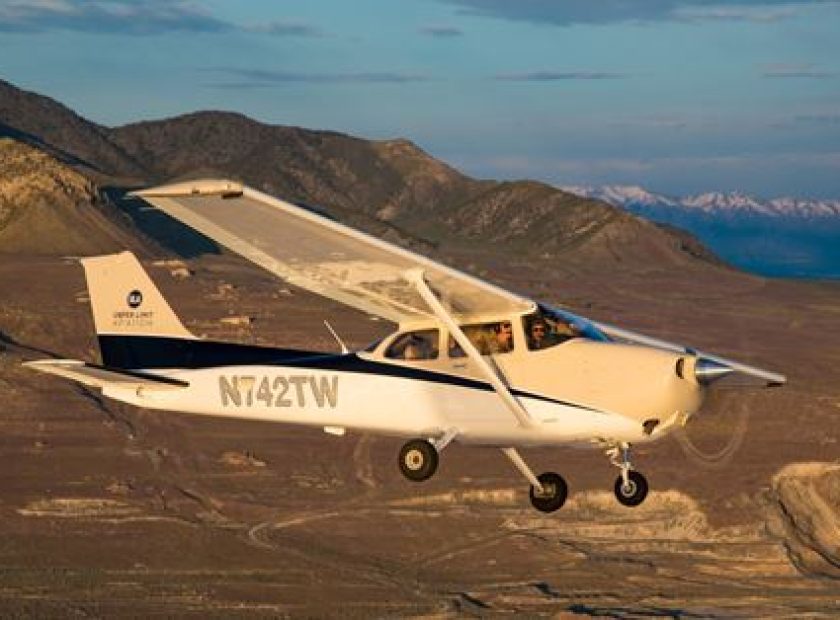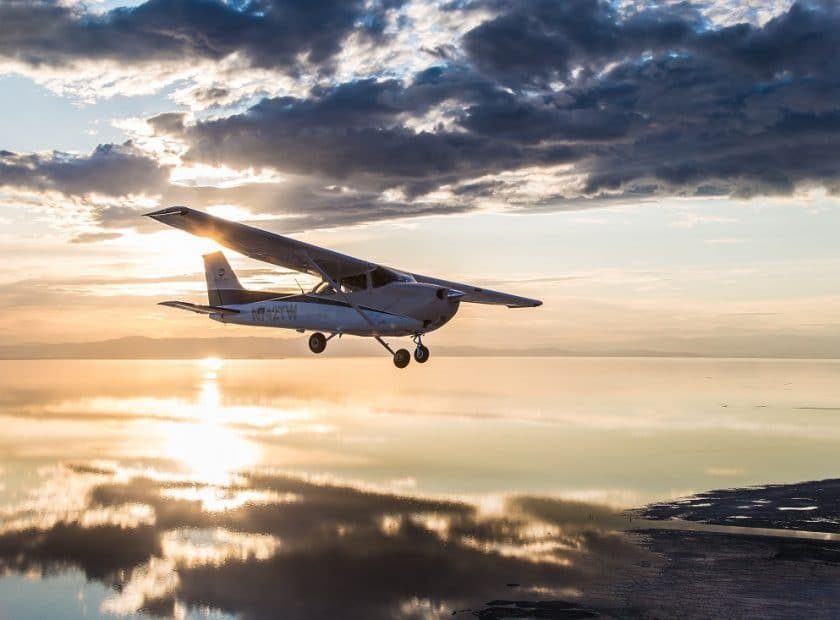Flying Solo in an Airplane
December 2, 2021by Aldin Pope
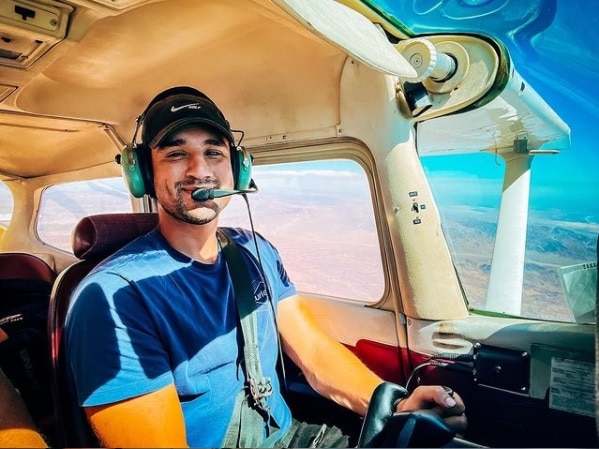
“Solo flight” means the flight time during which a student/pilot is the sole occupant of the aircraft and performs the duties of the pilot in command.
Prior to conducting a solo flight, a student must have obtained the following:
- Have reached 16 years of age
- Possess a Student Pilot Certificate
- Can read, speak, and understand English
- Have obtained at least a 3rd Class FAA Medical
- Provide the flight school with adequate non-owned aircraft rental insurance, reviewed, and signed the school’s aircraft rental agreement
Prior to conducting a solo flight – a student must
- Successfully pass a Pre-solo Aeronautical knowledge test administered by your instructor that includes:
- Applicable section of parts 61 and 91
- Airspace rules and procedures of the airport where the solo flight will be performed
- Flight characteristics and operational limitations for the make and model of the aircraft to be flown.
- At the conclusion of the test your instructor must review all incorrect answers before authorizing the student to conduct a solo flight.
- demonstrate satisfactory aeronautical knowledge
- received and logged flight training for the maneuvers and procedures that are appropriate to the make and model of aircraft to be flown
- Demonstrated satisfactory proficiency and safety, as judged by an authorized instructor, on the maneuvers and procedures in the make and model of the aircraft or similar make and model of aircraft to be flown.
- Receive and log flight training for the following maneuvers and procedures:
- Proper flight preparation procedures, including preflight planning and preparation, powerplant operation and aircraft systems
- Taxiing or surface operations, including runups
- Takeoffs and landings, including normal and crosswind
- Straight and level flight, and turns in both directions
- Climbs and climbing turns
- Airport traffic patterns, including entry and departure procedures
- Collision avoidance, windshear avoidance and wake turbulence avoidance
- Descents, with and without turns, using high and low drag configurations
- Flight a various airspeed from cruise to slow flight
- Stall entries from various flight attitudes and power combinations with recovery initiated at the first indication of a stall, and recovery from a full stall
- Emergency procedures and equipment malfunction
- Ground reference maneuvers
- Approaches to a landing area with simulated engine malfunctions
- Slips to a landing
- Go-arounds
Pre solo logbook endorsement:
Prior to a solo flight a student must receive a solo logbook endorsement. This endorsement is good for 90 days. FAR 61.87
https://www.ecfr.gov/current/title-14/chapter-I/subchapter-D/part-61/subpart-C/section-61.87


